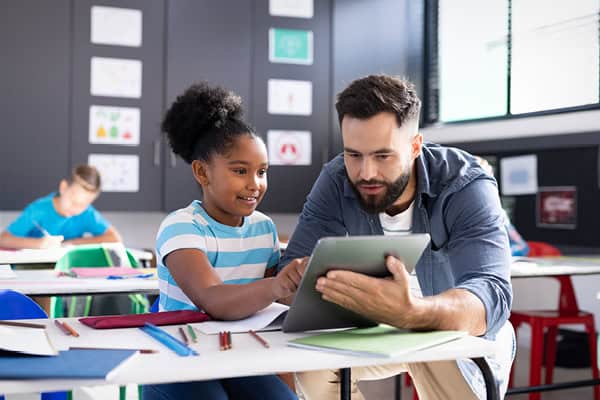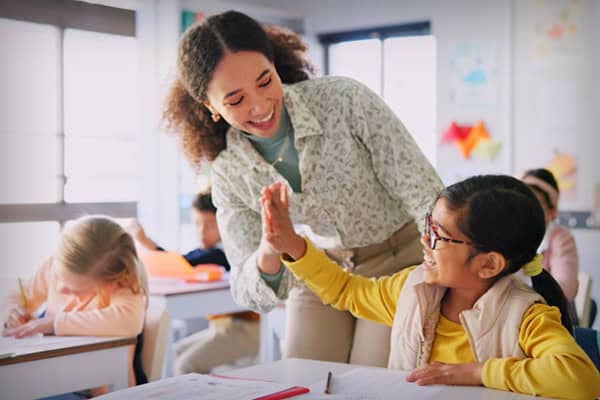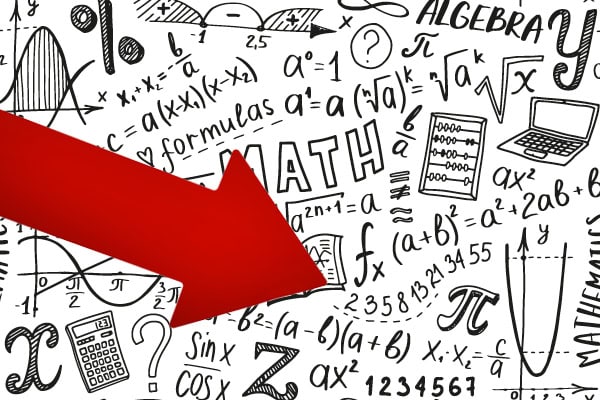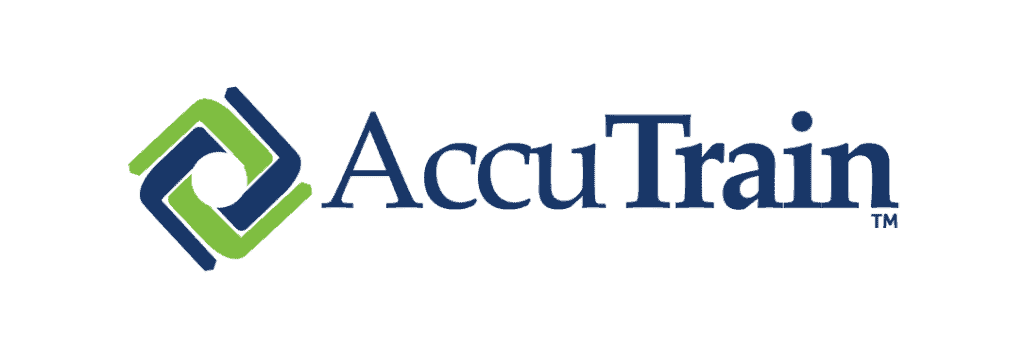“As a progressive educator in New York City for 30 years, I thought I had all the answers, writes teacher and assistant principal Jeremy Kaplan in a Chalkbeat New York essay. “The best teaching had to do with inquiry, with ‘higher-level thinking,’ with ‘student-centered’ project-based learning. I still believe in all of that, but I now understand that these are just part of the picture.
“What students–especially struggling students–also need is teacher-directed explicit instruction.
“I am speaking of the ‘I-do, we-do, you-do’ strategy. The teacher models a concept or skill, engages students in targeted practice, checks and corrects understanding, and then gives students more independent practice, with more checking for understanding and corrective feedback.
“I have begun to use explicit instruction more in my own teaching and have focused on explicit instruction in my professional development with the history and physical education teachers I supervise.
“There is ample evidence that explicit instruction works for everyone, especially struggling learners. This research deals with the ‘science of reading’ practices that have been transforming reading instruction to favor a phonics-based approach.
“Explicit instruction is also common sense. If I need to learn something I don’t know anything about–tie a specific fishing knot, say–I would need someone to show me what to do, multiple times, and give me plenty of practice and feedback as I attempted it myself.
“In my history and physical education department meetings, I have focused our work together on explicit instruction — a shift from the project-based learning strategies I had favored in years past. Many of these explicit instruction strategies do not take much time to learn or use, and some of the teachers I supervise are already starting to use them.
“Some of these teachers told me they have been wary of using explicit instruction because they were told previously that instruction needs to be ‘student-centered.’ But learning does not have to be student-driven for it to be student-centered.
“Student-centered learning is often conflated with the idea of ‘productive struggle,’ when students figure things out on their own. Productive struggle may work for some students who have the background knowledge, skills and desire to figure things out on their own. But productive struggle does not work for my daughter. As she said one night at dinner, ‘I can’t learn if I have no idea what to do.’
“Explicit instruction, done well, is not a return to traditional teacher lectures. It is a deliberate progression of modeling, guided practice and independent practice of a skill or a concept.
“Explicit instruction is not contrary to project-based learning — they are complementary. Students do need to be engaged with authentic tasks and real-world problems, such as writing letters to elected officials about current issues of the world. But along the way, they also need explicit instruction on topics such as how to identify a policy goal and structure an email.
“Project-based learning helps ensure that learning is meaningful and long-lasting for students. Explicit instruction helps ensure that students learn at all.”
Chalkbeat New York





